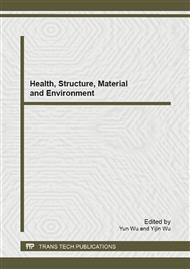p.941
p.946
p.953
p.958
p.964
p.970
p.977
p.982
p.988
Optimizing Control Strategy of Interactive Reactor with Simulation
Abstract:
Interactive reactor is a powerful and complicated wastewater treatment, it can fulfill various operation modes by changing inlet site, inner recycle site, return sludge site and DO concentration, therefore interactive reactor can adjust to different conditions and achieve steady and efficient wastewater treatment effect. This paper intended to establish integrated optimizing control strategy for better use of interactive reactor. In order to confirm the application boundary of typical operation mode, pilot-scale experiment and simulation were carried out. JHB and ALO modes were experimented for capacity evaluation and simulation calibration. A2/O, inverted A2/O and ALO modes were selected as representatives for the strategy establishment with simulation. According to the study results, inverted A2/O mode was suitable for the influent BCOD/TN value more than 5, A2/O mode was better choice for the influent BCOD/TN value between 4 and 5, and ALO can achieve high nitrogen removal efficiency treating wastewater with influent BCOD/TN between 3 and 4 by short-cut nitrification and denitrification. Contributed to the excellent treating effect of interactive reactor, several projects have been built and run well under the optimizing control strategy.
Info:
Periodical:
Pages:
964-969
Citation:
Online since:
February 2013
Authors:
Keywords:
Price:
Сopyright:
© 2013 Trans Tech Publications Ltd. All Rights Reserved
Share:
Citation:


